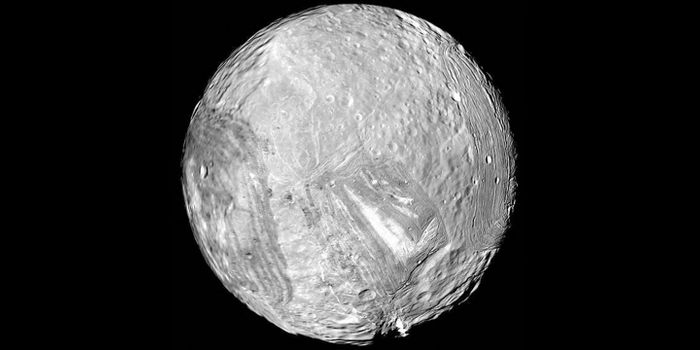Proposed CAESAR Mission Could Teach Us More About Comet 67P
Comet 67P/Churyumov–Gerasimenko is one of the most captivating space rocks in the entire solar system, but we still don’t know very much about it.
The European Space Agency launched one of the first efforts to study 67P with the Philae lander and the Rosetta orbiter; unfortunately, they didn’t deploy as planned. Philae landed in an inconvenient spot where it couldn’t capture enough sunlight to power its science equipment, and this handicapped the Rosetta orbiter, which was designed to work in tandem with it.
Image Credit: NASA
But while previous attempts to learn more about comet 67P didn’t work out, NASA is currently contemplating the idea of picking up where the ESA left off with a proposed space mission called the Comet Astrobiology Exploration Sample Return (CAESAR).
CAESAR is one of two proposed missions for NASA’s New Frontiers program, and as the name implies, it would involve sending a spacecraft to 67P so that it could collect surface rock samples and return them to Earth for in-person analysis.
"We are just beginning Phase A of the mission. The focus of Phase A is developing and defining the project requirements and cost/schedule basis, and designing a plan for implementation," said Cornell University’s Steve Squyres, CAESAR’s principal investigator.
Related: A landslide on comet 67P could answer many questions about the space rock
The planning phase is particularly important because it provides NASA with critical information regarding how the CAESAR mission will pan out and whether it’s worth investing in.
Current plans indicate that CAESAR would be comprised of three major components, including:
- Sample Acquisition System (SAS) – for grabbing samples of comet 67P’s surface.
- Sample Containment System (SCS) – for safely storing solid samples during the mission.
- Gas Containment System (GCS) – for safely storing volatile samples during the mission.
"CAESAR is a sample return mission. All aspects of the mission have been designed to maximize the scientific value of the returned sample. So the main CAESAR science will take place in laboratories on Earth, using state-of-the-art instrumentation to analyze both non-volatile and volatile material from comet 67P," Squyres continued.
Related: Large sinkholes are just some of the things Rosetta studied on comet 67P
Assuming scientists are correct about comet 67P, it may harbor vital clues about how the solar system formed. With a little luck, CAESAR will make it to the finish line and provide answers about the mysterious space rock that have alluded us for ages.
Source: Phys.org









